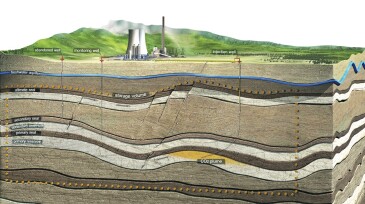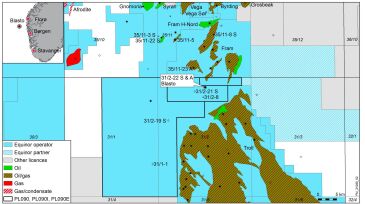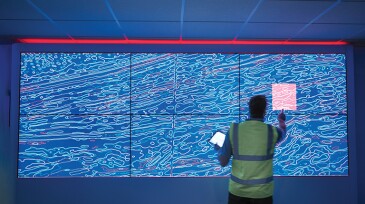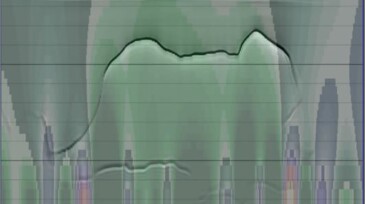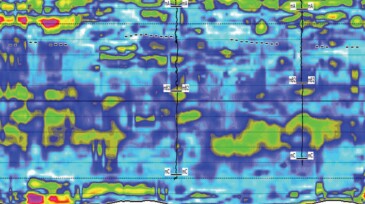Reservoir characterization
Data and impartial viewpoints can help de-risk exploration portfolios and keep resource estimates in check.
Geophysicist Markos Sourial discusses advances in seismic imaging, the challenges of modern data processing, and what they mean for the next wave of subsurface professionals.
This paper presents a novel methodology for assessing the rapid mineral carbonation of carbon dioxide through geochemical interactions with carbon-, magnesium-, and iron-rich minerals abundant in geological formations.
-
Traditionally, wireline or logging-while-drilling formation-testing technology has been the most accepted means of reservoir fluid characterization. But when those fluids are contaminated by mud filtrate, acoustic data can be used for fluid characterization during downhole sampling to successfully track and quantify small changes in oil compressibility.
-
A fast-moving pressure pulse is the priority of a research and development initiative that, if successful, will result in a new diagnostic technology for horizontal wells in tight reservoirs.
-
Petrolern has received a $1.15-million grant from the US Department of Energy to develop and commercialize its technology that models in-situ stresses by using available data.
-
The Norwegian Petroleum Directorate and Equinor have announced the biggest discovery so far this year on the Norwegian Continental Shelf. Three wildcat wells drilled in the Blasto prospect near the Fram field confirmed the find and were then permanently plugged and abandoned.
-
Algorithms are taking over the world, or so we are led to believe, given their growing pervasiveness in multiple fields of human endeavor such as consumer marketing, finance, design and manufacturing, health care, politics, and sports. The focus of this article is to examine where things stand in regard to the application of these techniques for managing subsurface en…
-
Deciding whether to develop a new discovery is often about the data. Without the correct understanding of the fluids in the reservoir, projects are unlikely to turn out as planned.
-
The authors develop an innovative machine-learning method to determine salt structures directly from gravity data.
-
An appropriate work flow of combining suitable advanced technologies can help to overcome the long-standing challenges of sub-basalt imaging.
-
Most of today’s equipment and interpretation methods are indeed not new. After all, well testing has been around for nearly a century, resulting in a legacy that may not always look cutting-edge, but these tried-and-true tools were so technologically remarkable that they became staples.
-
The work and the provided methodology provide a significant improvement in facies classification.






